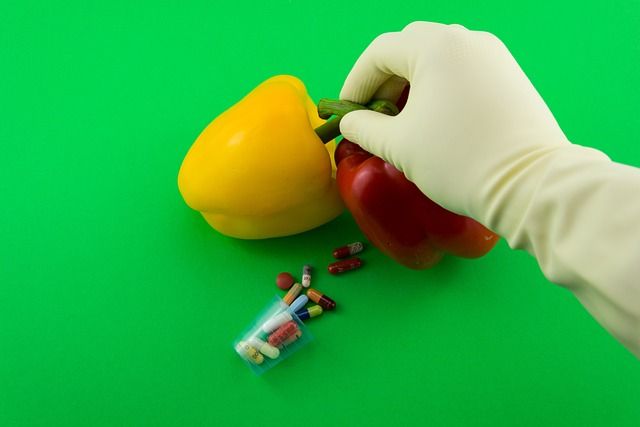Green chemistry and its applications in food science research
Green chemistry arises as a preventative and corrective strategy to lessen reliance on potentially harmful compounds and to raise awareness among scientists and chemists about the environmental effects of their work.

Scientific research is an important part of society's growth and development. It is also a key to a country's intellectual and industrial growth. In particular, the chemical, food, agricultural, biomedical, and biotechnological industries make important contributions to food safety and security. They also help develop new processes that improve the nutritional, functional, and technological quality of foods or supplements, make agricultural production methods more efficient and find the best ways to store foods.
But to do some of these things, you need to use energy, fuels, solvents, additives, and drinking water, among other natural resources. This means that each operation must take into account how its use affects the environment. When doing a lab synthesis, milling plant material, making a culture medium, or even scaling up to an industrial level, it is important to think about all the resources and emissions that may be used up.
Green chemistry is a new way to reduce the use of dangerous materials and to help researchers and students understand how their experiments affect the environment. In 1998, two scientists from the United States, Paul Anastas, and John Warner came up with what they called the "12 concepts of green chemistry".
12 Concepts of Green Chemistry
Prevention (preventing the generation of chemical waste). Designing processes that prevent or minimize the production of by-product by-products.
Atomic economy (yield of chemical syntheses). Incorporate all atoms in the final product.
Less hazardous chemical syntheses. Synthesized products must be safe, biodegradable, environmentally friendly, and with low toxicity.
Design of safe products. Maintain functionality and decrease toxicity
Use of safe solvents. Assess and measure the use of organic solvents and reuse them or use green solvents.
Energy efficient design. Processes should be operated at pressures and temperatures close to ambient.
Use of renewable biomasses. Valorize agricultural and forestry by-products and biomasses for the generation of fuels, energy, and synthesis blocks.
Reduction of derivatizing agents. Reduce their use whenever possible, mainly in chromatographic and analytical analysis.
Use of catalysts. These help to reduce energy costs and the incorporation of atoms into syntheses.
Designed to be degraded. Chemicals must be designed so that at the end of their useful life they can be degraded into safe products.
Real-time analysis of contamination. Develop analytical methods that monitor in real time the formation of hazardous substances.
Safer chemistry for accident prevention. All reagents and methods must be selected according to their safety and their contribution to accident prevention.
Trying to do experiments that follow these rules is a very difficult task. But as much as possible, all scientists should work toward sustainability and do research that is consistent with and aware of what is going on in their labs. Are your experiments or lines of research in line with any of the principles of green chemistry?
By of Luis Alfonso Jiménez Ortega, a Ph.D. student in science, and José Basilio Heredia, a researcher at the Regional Coordination of CIAD in Culiacán.




